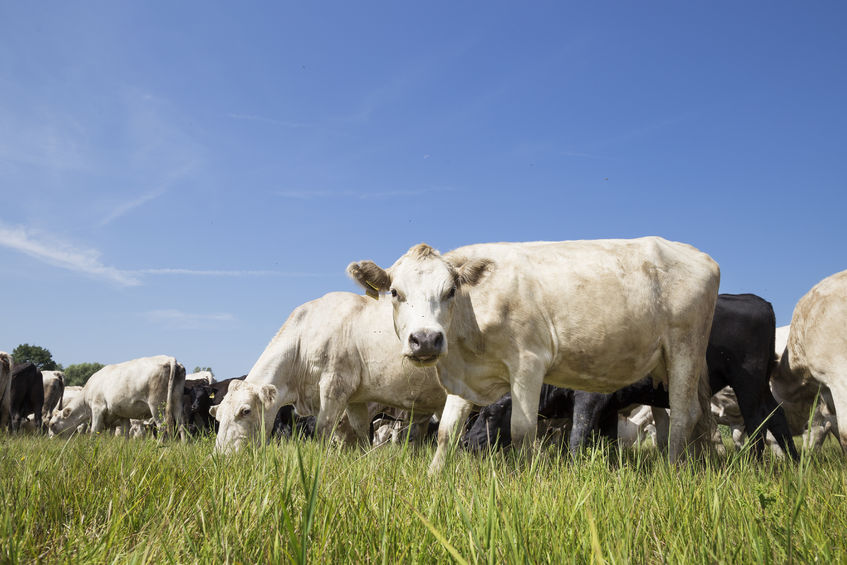
A new study has concluded that if the United States went entirely vegan, greenhouse gas emissions would fall by just 2.6 per cent and the population would lack vital nutrition.
Robin White, of Virginia Institute of Technology, and Mary Beth Hall, of the US Dairy Forage Research Centre, created statistical models showing the effects of removing livestock from American agriculture on health, nutrition and GHG emissions.
The study explained that livestock currently comprises 49 per cent of the US' agricultural emissions. In a vegan US, agricultural emissions could drop by 28 per cent. But total US emissions would only decrease by 2.6 per cent, the study stated.
A vegan US would also increase the amount of agricultural waste, for example, corn stalks, potato waste, and other inedibles now fed to livestock.
The study showed that burning this excess waste would add approximately 2 million tons of carbon to the atmosphere. Fertiliser demands would also increase while the supply of animal manure decreased. That would mean making more artificial fertiliser, adding a further 23 million tons of carbon emissions per year.
The models showed total food production would increase by 23%, mainly due to a wider availability of grains as land used for growing animal feed is re-configured to grow crops for people.
The authors claim the switch could also lead to deficiencies in key nutrients — including calcium and several vitamins - for the nation's 320 million strong population.
The authors wrote: “This assessment suggests that removing animals from US agriculture would reduce agricultural GHG emissions, but would also create a food supply incapable of supporting the US population’s nutritional requirements.”
White and Hall admitted there are limitations to the findings, saying: “Incomplete data availability required many assumptions to be made.”
